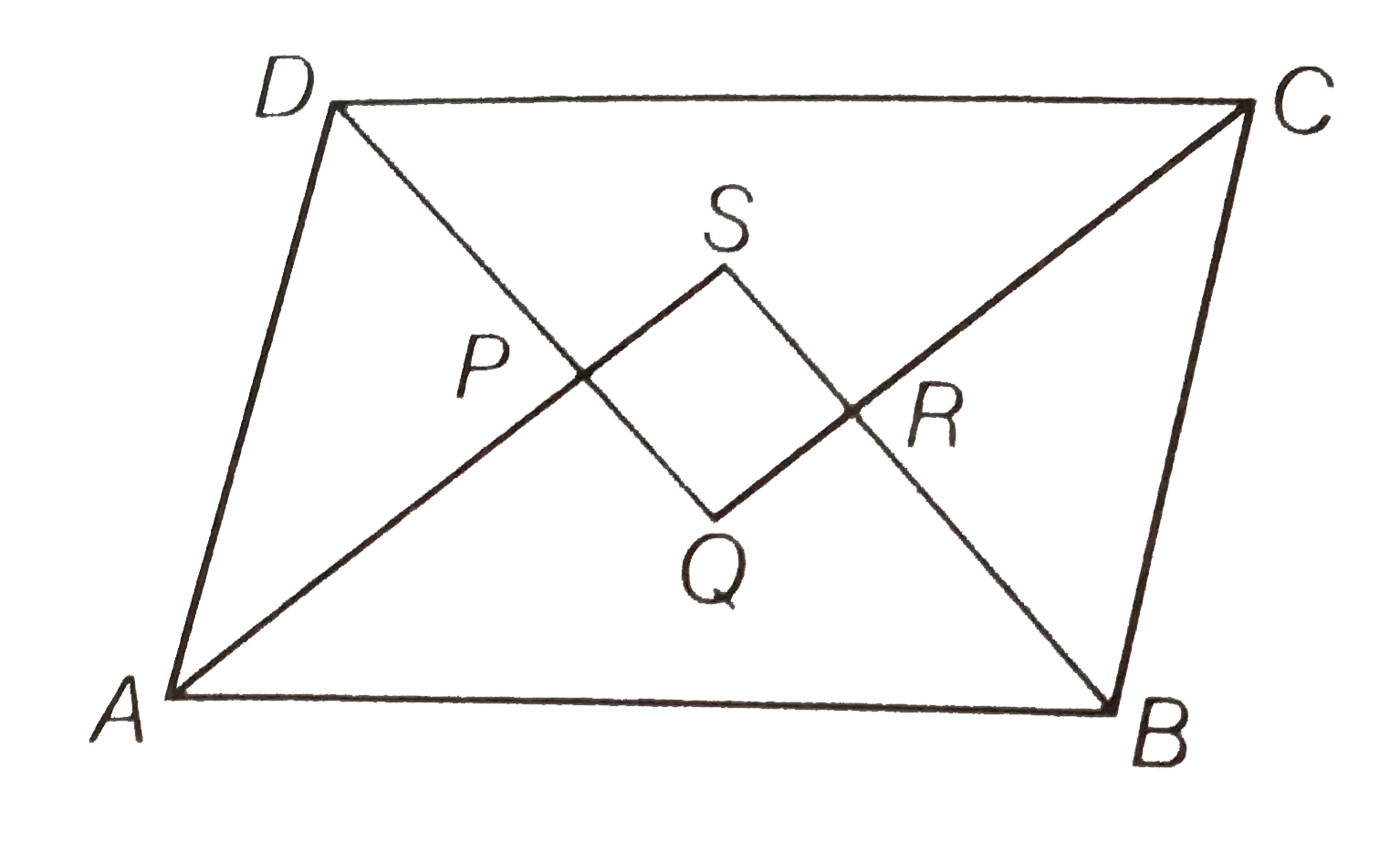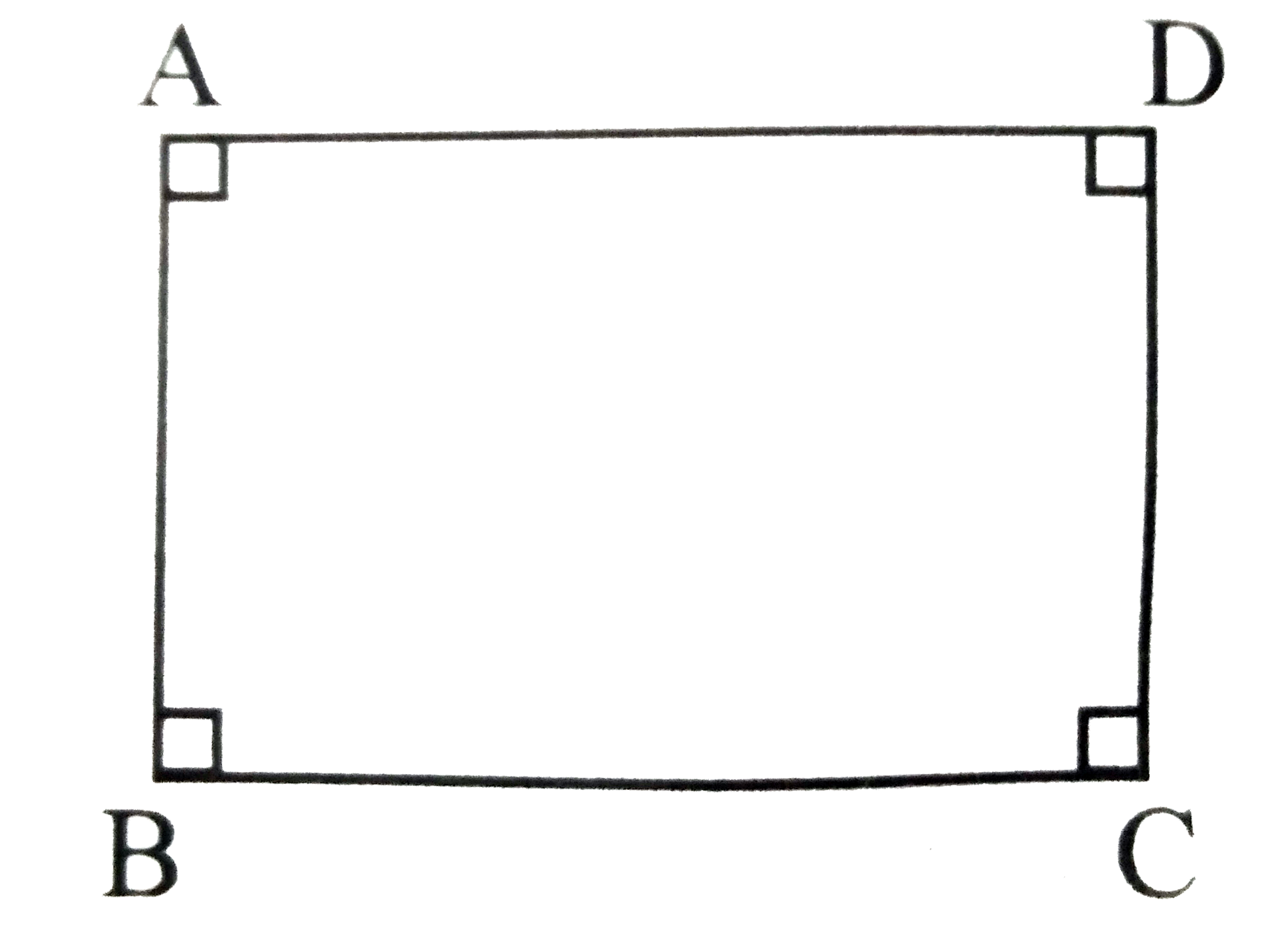Prove that the quadrilateral formed (if possible) by the internal angle bisectors of any quadrilateral is cyclic
To prove that the quadrilateral formed by the internal angle bisectors of any quadrilateral is cyclic, we will follow these steps:
Step 1: Define the Quadrilateral and Its Angle Bisectors
Let ABCD be any quadrilateral. The internal angle bisectors of angles A, B, C, and D intersect at points E, F, G, and H respectively. Thus, we have:
- E is the intersection of the angle bisectors of angles A and B.
- F is the intersection of the angle bisectors of angles B and C.
- G is the intersection of the angle bisectors of angles C and D.
- H is the intersection of the angle bisectors of angles D and A.
Step 2: Identify Opposite Angles
To show that quadrilateral EFGH is cyclic, we need to prove that the sum of the opposite angles is 180 degrees. We will consider angles FEG and FGH.
Step 3: Calculate Angle FEG
By the properties of vertically opposite angles, we have:
∠FEG=∠AEB
Since AH is the angle bisector of angle A, we can express angle AEB in terms of angles A and B:
∠AEB=180∘−(12∠A+12∠B)
Thus, we can write:
∠FEG=180∘−(12∠A+12∠B)
Step 4: Calculate Angle FGH
Similarly, we can express angle FGH in terms of angles C and D:
∠FGH=∠DGC
Using the angle bisector property again, we have:
∠DGC=180∘−(12∠C+12∠D)
Thus:
∠FGH=180∘−(12∠C+12∠D)
Step 5: Sum the Opposite Angles
Now, we will add angles FEG and FGH:
∠FEG+∠FGH=(180∘−12∠A−12∠B)+(180∘−12∠C−12∠D)
Simplifying this gives:
∠FEG+∠FGH=360∘−(12∠A+12∠B+12∠C+12∠D)
Since the sum of angles in quadrilateral ABCD is 360 degrees, we have:
∠A+∠B+∠C+∠D=360∘
Thus:
12∠A+12∠B+12∠C+12∠D=180∘
So we can conclude:
∠FEG+∠FGH=360∘−180∘=180∘
Step 6: Conclusion
Since the sum of the opposite angles FEG and FGH is 180 degrees, quadrilateral EFGH is cyclic.
Let ABCD be any quadrilateral. The internal angle bisectors of angles A, B, C, and D intersect at points E, F, G, and H respectively. Thus, we have:
- E is the intersection of the angle bisectors of angles A and B.
- F is the intersection of the angle bisectors of angles B and C.
- G is the intersection of the angle bisectors of angles C and D.
- H is the intersection of the angle bisectors of angles D and A.
To show that quadrilateral EFGH is cyclic, we need to prove that the sum of the opposite angles is 180 degrees. We will consider angles FEG and FGH.
By the properties of vertically opposite angles, we have:
∠FEG=∠AEB
Since AH is the angle bisector of angle A, we can express angle AEB in terms of angles A and B:
∠AEB=180∘−(12∠A+12∠B)
Thus, we can write:
∠FEG=180∘−(12∠A+12∠B)
Similarly, we can express angle FGH in terms of angles C and D:
∠FGH=∠DGC
Using the angle bisector property again, we have:
∠DGC=180∘−(12∠C+12∠D)
Thus:
∠FGH=180∘−(12∠C+12∠D)
Now, we will add angles FEG and FGH:
∠FEG+∠FGH=(180∘−12∠A−12∠B)+(180∘−12∠C−12∠D)
Simplifying this gives:
∠FEG+∠FGH=360∘−(12∠A+12∠B+12∠C+12∠D)
Since the sum of angles in quadrilateral ABCD is 360 degrees, we have:
∠A+∠B+∠C+∠D=360∘
Thus:
12∠A+12∠B+12∠C+12∠D=180∘
So we can conclude:
∠FEG+∠FGH=360∘−180∘=180∘
Since the sum of the opposite angles FEG and FGH is 180 degrees, quadrilateral EFGH is cyclic.
Similar Questions
Knowledge Check
- Question 1 - Select One
The quadrilateral formed by the bisectors of the angles of a parallelogram is a
 ArectangleBsquareCparallelogramDcyclic quadrilateral
ArectangleBsquareCparallelogramDcyclic quadrilateral - Question 2 - Select One
The quadrilateral formed by the bisectors of the angles of a parallelogram is a
 ArectangleBsquareCparallelogramDcyclic quadrilateral
ArectangleBsquareCparallelogramDcyclic quadrilateral
Definition of Cyclic quadrilateral
View SolutionProve that the quadrilateral formed by joining the mid-points of the pairs of consecutive sides of a quadrilateral is a parallelogram.
View SolutionProve that the quadrilateral formed by the bisectors of the angles of a parallelogram is a rectangle.
View SolutionThe opposite angles of a cyclic quadrilaterals are supplimentary
View SolutionProve that the sum of the angles of a quadrilateral is 360∘ .
View SolutionProve that, any rectangle is a cyclic quadrilateral.
 View Solution
View Solution

